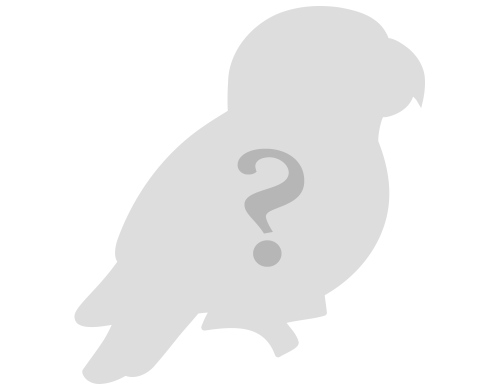Species Profile
Meet the Martial Eagle: One of Africa’s Mightiest Raptor

The Martial Eagle is one of Africa's most powerful and impressive birds of prey. As the largest eagle in Africa by weight, it’s a formidable predator known for its strength, keen eyesight, and adaptability. With its striking appearance and commanding presence, it has earned a reputation as a top apex predator in its habitat.
Martial Eagles are massive, with a wingspan reaching nearly 8 feet (!) and a body length of 31-38 inches. Their plumage is a striking contrast of dark brown upperparts and a white underside covered with dark spots. Their piercing yellow eyes and strong, hooked beak complete the look of a powerful hunter.
These eagles are found across sub-Saharan Africa, occupying a variety of habitats including savannas, woodlands, and open plains. They prefer areas with tall trees or rocky outcrops for nesting and open spaces for hunting. Despite their adaptability, their population is declining due to habitat loss and human conflict.

Martial Eagles are exceptional hunters, preying on a wide range of animals including birds, reptiles, and mammals. They are known to take down prey as large as small antelope and monitor lizards. Their hunting technique involves soaring high in the sky while scanning the ground with their extraordinary vision, then diving down at high speed to snatch unsuspecting prey.
These eagles are solitary and territorial. They build large nests made of sticks, often located in tall trees or on cliffs. A pair may reuse the same nest for many years, adding new material each breeding season. Females typically lay one egg, which she incubates while the male provides food. The chick fledges after about 100 days but may depend on its parents for several more months.
Unfortunately, Martial Eagles are classified as Endangered on the IUCN Red List. Their numbers are declining due to habitat destruction, hunting, and poisoning by farmers who mistakenly believe they threaten livestock. Conservation efforts focus on habitat protection, public education, and reducing human-wildlife conflict.
The Martial Eagle’s strength, elegance, and role as a top predator make it a symbol of wilderness and power in Africa’s wild landscapes. Its continued survival depends on ongoing conservation efforts to protect its habitats and reduce threats from humans.





















































































































